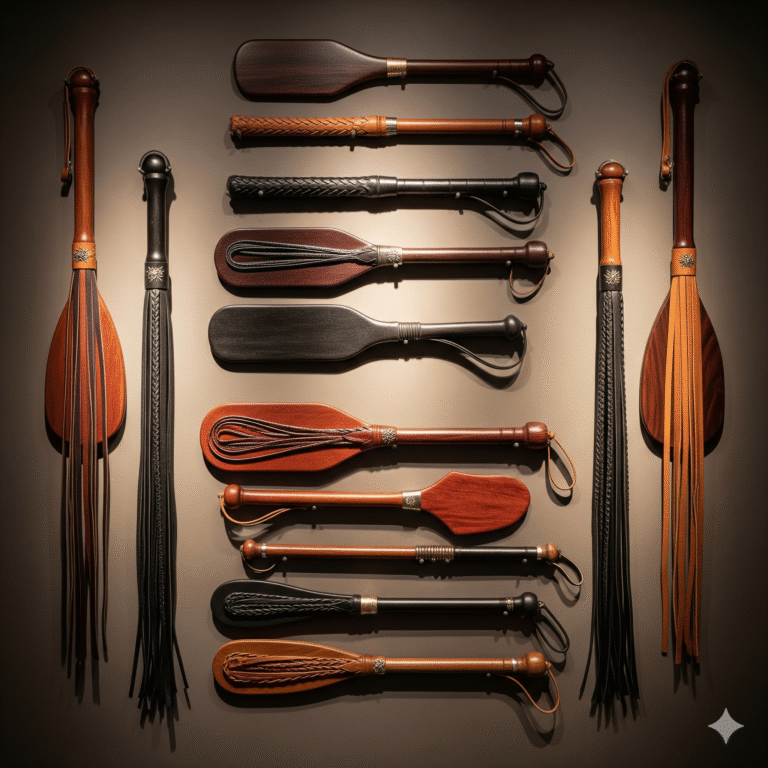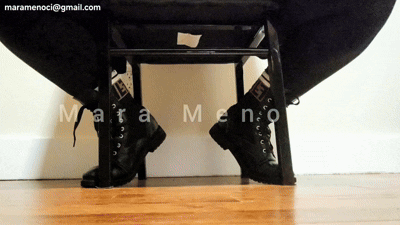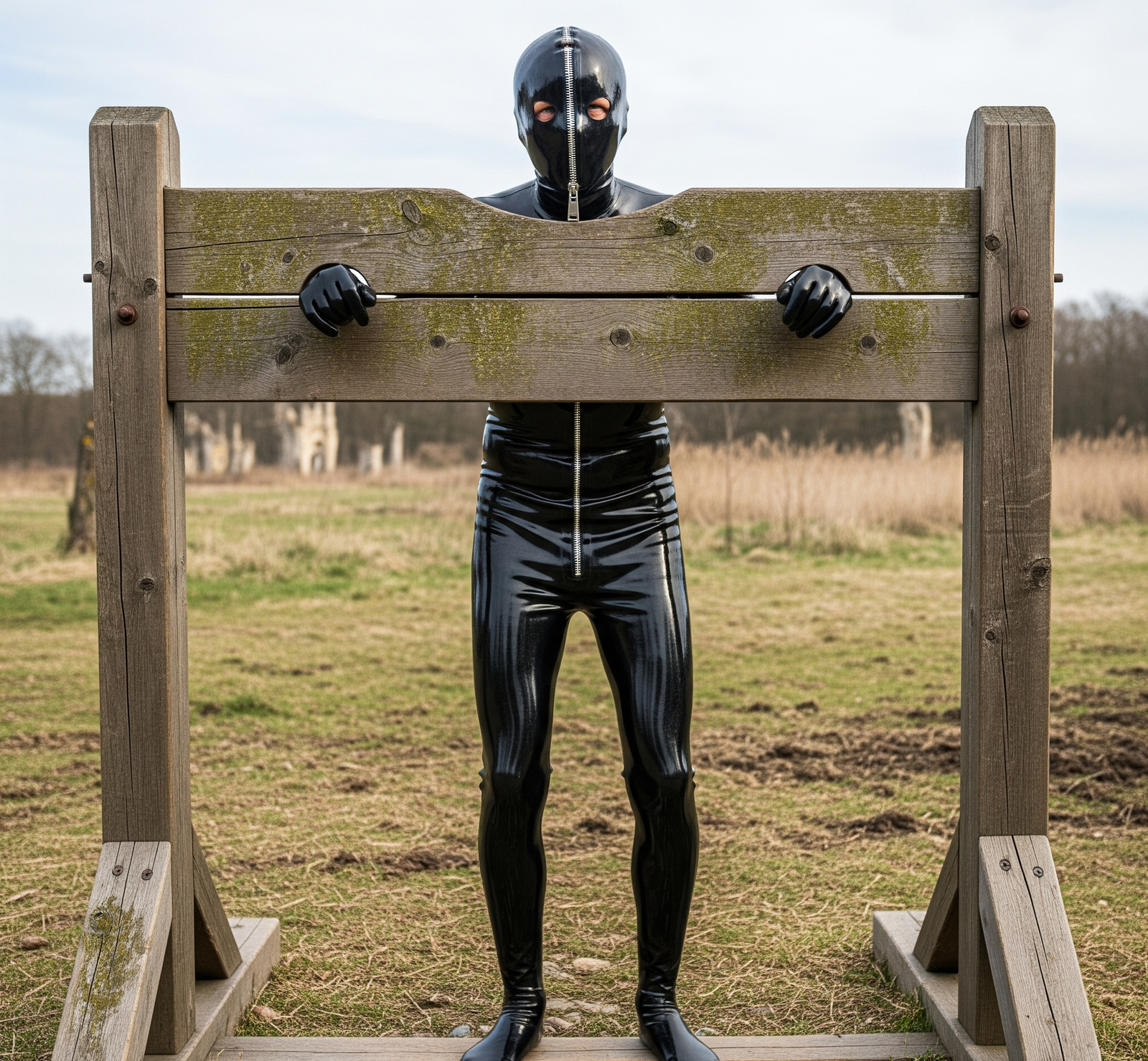
Humbler restraints are a unique and historically rich form of bondage. They are devices that have found their place both in medieval punishment practices and modern BDSM play. Their distinctive design serves to control, humiliate, or subdue the wearer, making them a popular choice among enthusiasts seeking a combination of aesthetic appeal and restraint function.
The Historical Roots of Humbler Restraints
The concept of humbler restraints dates back centuries, with origins deeply embedded in medieval punishment and societal control mechanisms. Historically, these devices served both practical and symbolic purposes. In medieval Europe, humbler-style restraints were sometimes used to publicly humiliate prisoners or offenders, symbolizing their subjugation and loss of dignity.
Medieval punishment often involved shaming, and devices like the “humber” or similar restraints were employed to mark individuals as criminals or debtors. These devices could be made from iron or other durable materials, designed to be both physically restrictive and publicly visible. Such restraints were not solely about physical control; they served as warnings and symbols of shame within the societal fabric.
In medical history, the use of similar restraints was less about humiliation and more about safety, especially in psychiatric settings where patients might need to be restrained to prevent self-harm or harm to others. While these medical devices were typically more utilitarian—such as straitjackets or restraint collars—the underlying concept of controlling movement is a shared lineage with modern humbler restraints.
Transition into BDSM and Fetish Culture
Today, humbler restraints have been embraced within BDSM and fetish communities, appreciated for their aesthetic appeal and their ability to enhance power dynamics. In this context, they are often used to symbolize submission, control, or humiliation, adding an element of psychological play to physical restraint.
The classic “humbler” in BDSM is a collar (sometimes decorative, sometimes plain) attached to a leash or chain, which the dominant partner holds or controls. This device reinforces roles, creates a sense of ownership, and intensifies the submissive experience. The humbler’s design allows for a high degree of versatility—ranging from simple leather collars to elaborate metal devices—making them suitable for both aesthetic display and functional restraint.
Variations and Types of Humbler Restraints
Modern humbler restraints come in an array of styles, materials, and functionalities. Some of the most common types include:
- Leather Humbler Collars: Soft, comfortable, and adjustable, leather collars are popular for their durability and aesthetic appeal. They can be plain or adorned with spikes, studs, or decorative stitching.
- Metal Humbler Devices: Made from stainless steel or other metals, these offer a more rigid and intense restraint experience. Metal humblers often feature locking mechanisms and may include additional attachment points.
- Chain Restraints: Connecting a collar to a leash or other devices via chain, these are versatile and allow for movement control while providing visual impact.
- Full-body Humbler Restraints: Some devices incorporate restraints around the torso or limbs, designed to keep the submissive in a humbling, immobilized position.
- Adjustability and Sizing: Sizes vary widely. Many devices feature adjustable straps, buckles, or locking mechanisms to customize fit and security.
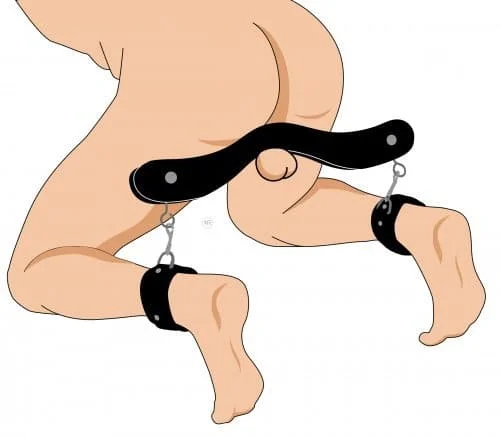
Materials and Aesthetic Options
Material selection influences both the function and aesthetic of humbler restraints:
- Leather: Classic, durable, and often customizable with embossing or embellishments.
- Metal: Sleek, hygienic, and often more restrictive, suited for more intense play.
- Neoprene or Synthetic Fabrics: For softer, more comfortable options that still provide visual impact.
- Decorative Elements: Spikes, studs, rhinestones, or engraved designs can personalize a humbler to reflect individual tastes or themes.
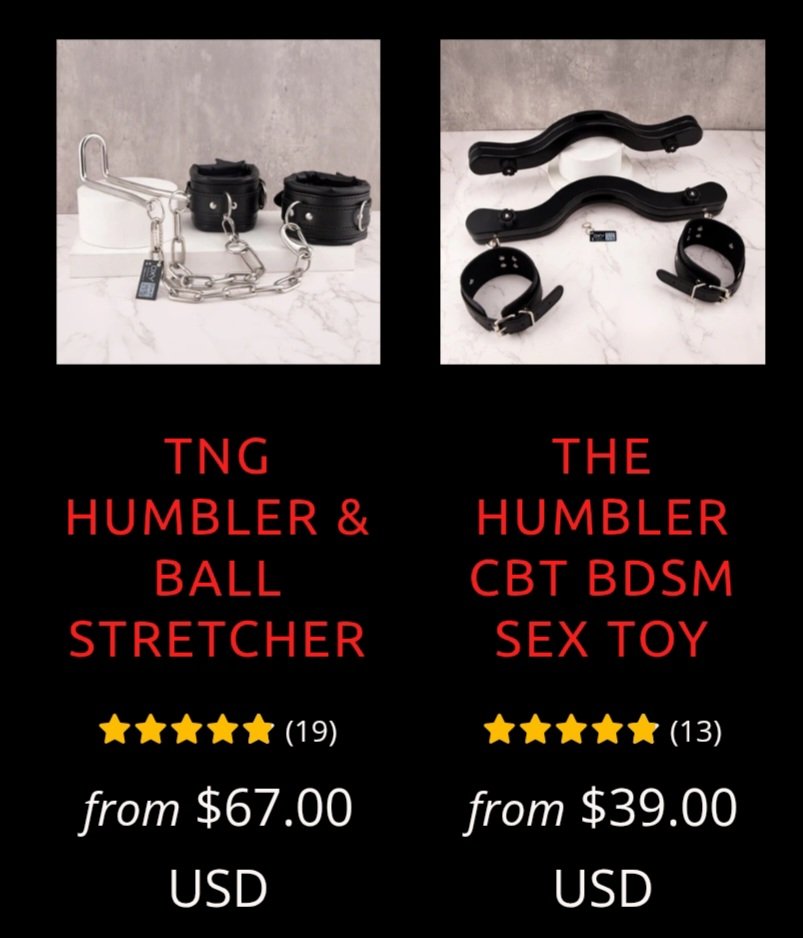
Uses in BDSM Play
Humbler restraints serve multiple purposes within BDSM scenarios:
- Control and Power Dynamics: They physically restrict movement, reinforcing the submissive role.
- Humiliation and Psychological Play: The visual and symbolic aspects of humbler devices can heighten feelings of submission or shame.
- Sensory Play: Combined with other devices like blindfolds or cuffs, humblers can enhance sensory deprivation or overstimulation.
- Prolonged Restraint: Designed for extended wear, some devices allow for safe, long-term restraint sessions.
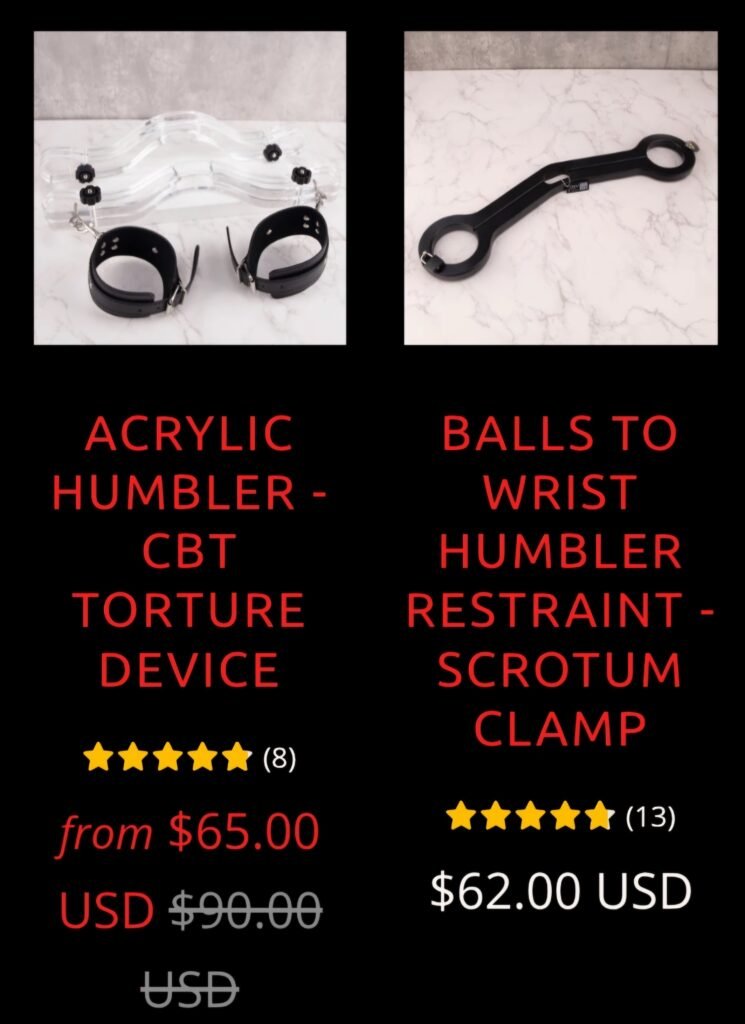
How to Find Quality Humbler Devices
For those interested in exploring humbler restraints, Oxy-Shop offers a wide selection of high-quality devices. Whether you’re looking for minimalist leather collars, intricate metal restraints, or full-body humblers, their catalog provides options suited for beginners and seasoned enthusiasts alike. Their products are crafted with safety, durability, and aesthetic appeal in mind, ensuring a satisfying experience.
Final Thoughts
Humbler restraints are a fascinating intersection of history, psychology, and sensuality. From their medieval origins as symbols of shame to their modern role in consensual BDSM play, they continue to captivate those who seek to explore power dynamics, control, and humiliation. When choosing a humbler device, consider materials, adjustability, and design to find the perfect fit for your scene. For a wide array of options, visit Oxy-Shop to discover high-quality humbler restraints that can elevate your BDSM experience.
Do you want to use a humbler in a private virtual session? Contact me or fill out the Slave Application.
Did you enjoy this article? Donate to the cause via Tribute (Send Money).
Feel free to leave your thoughts in the comment section of this post.
Subscribe to My Newsletter!
Get new content updates every week...or when I feel like sending one!
